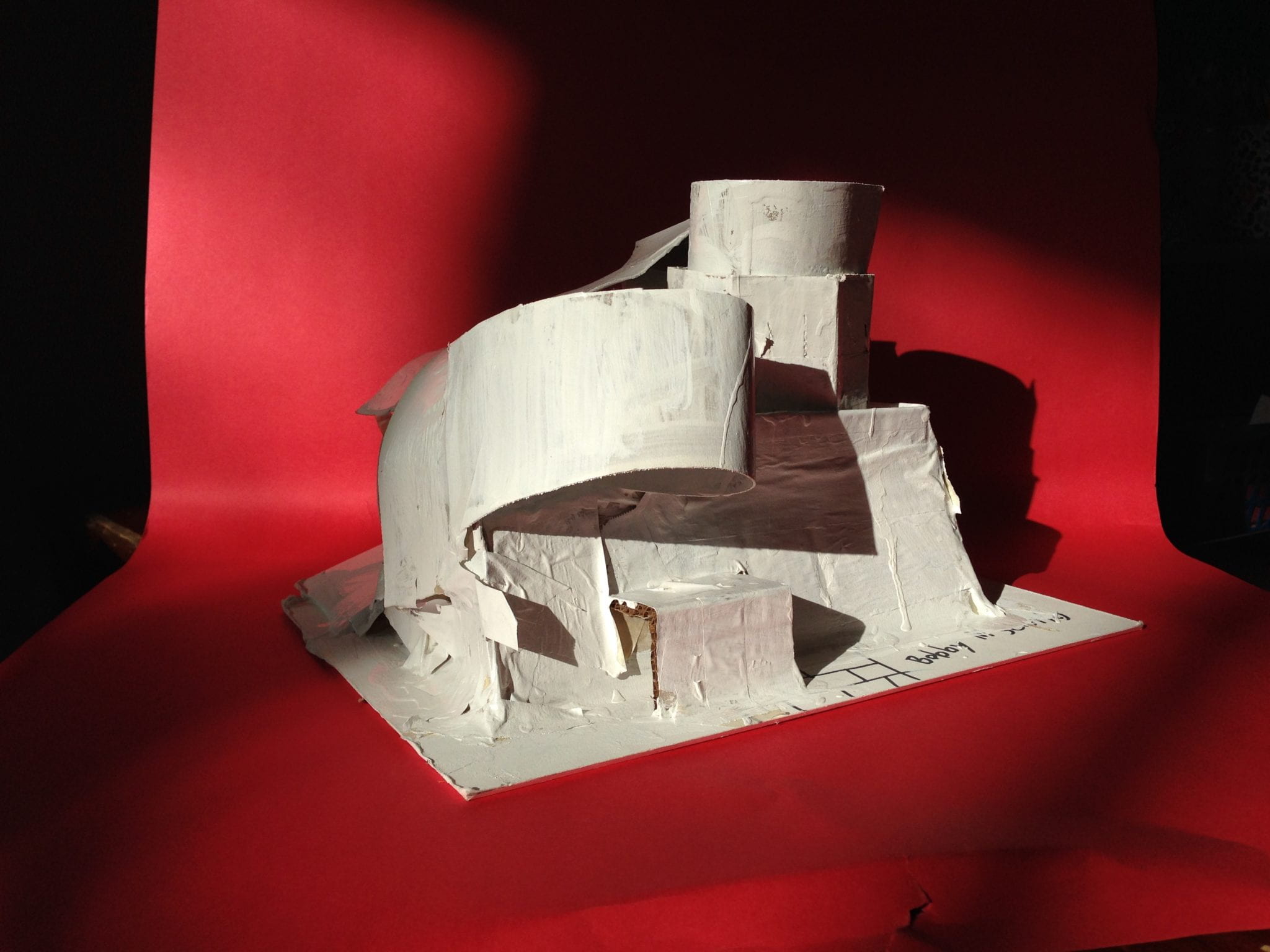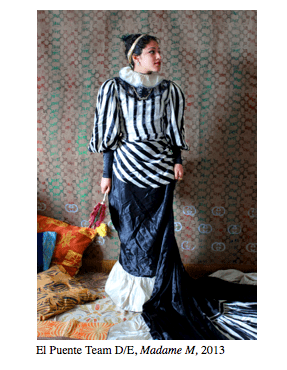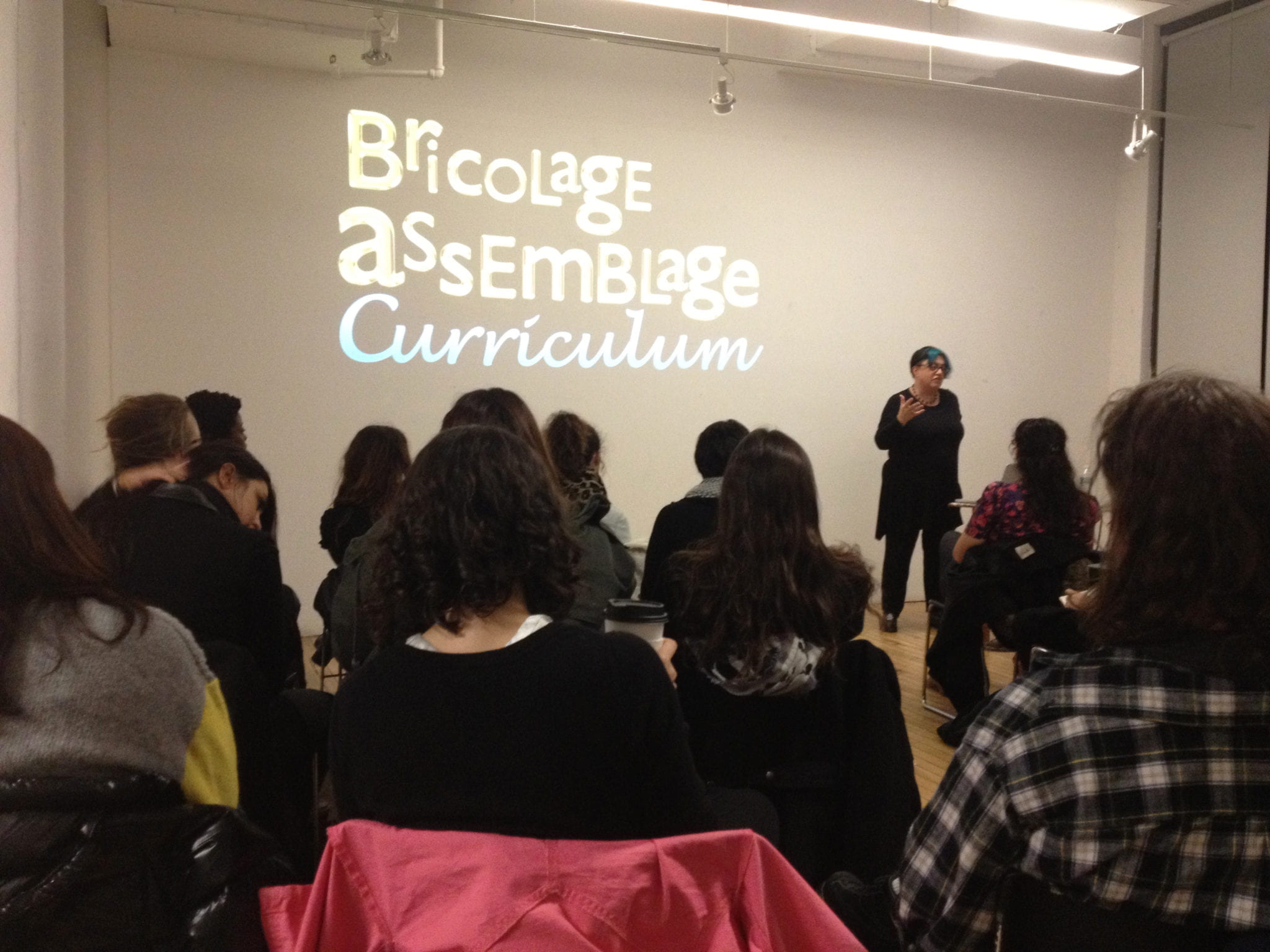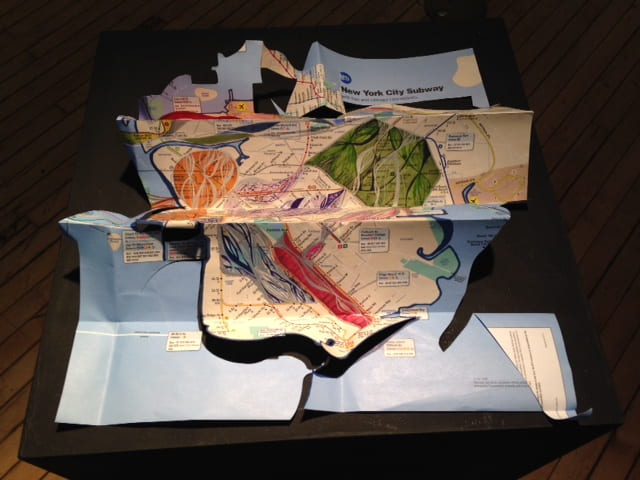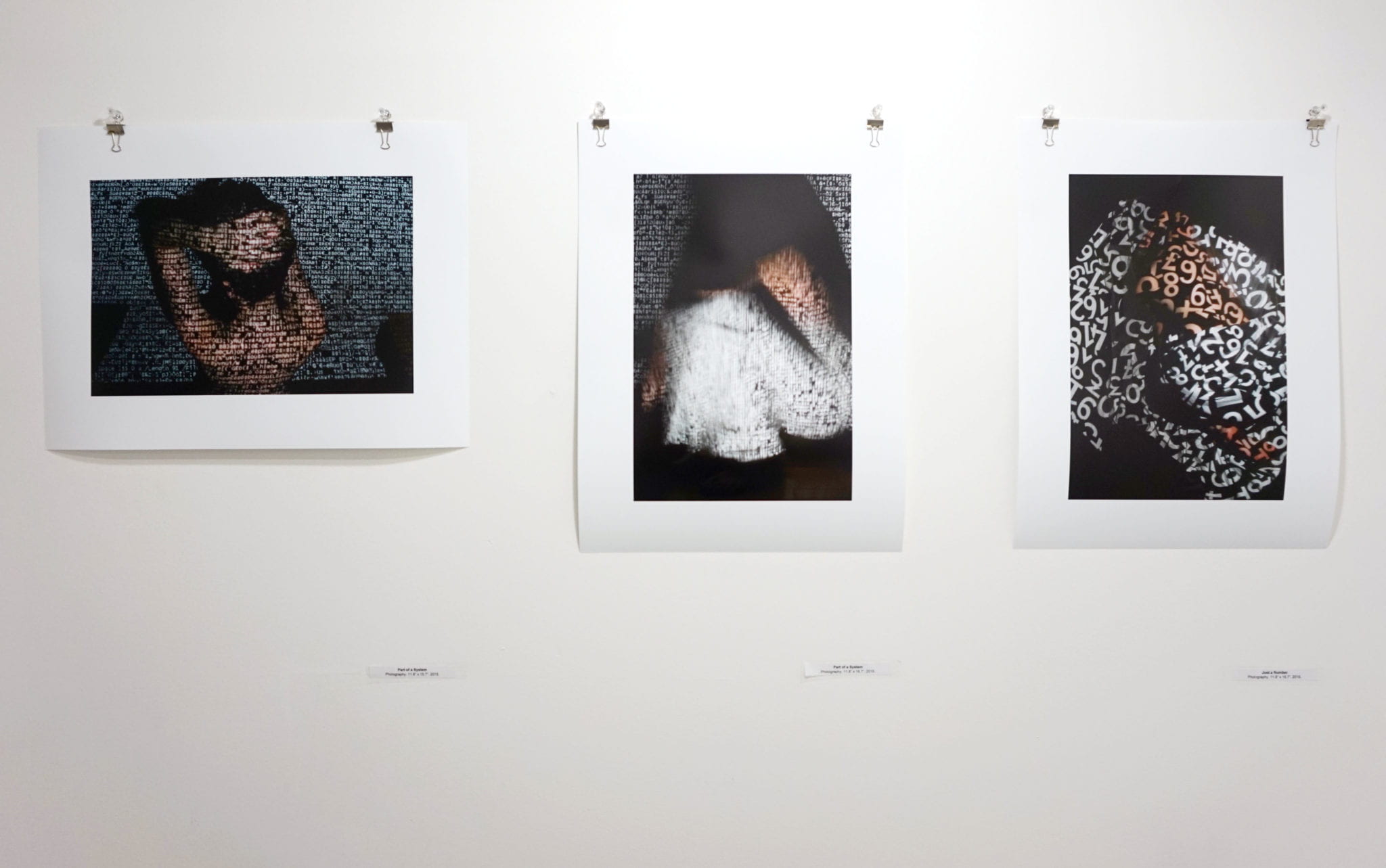In the 5th grade, students at the Children’s Neighborhood School in New York City study “how geography determines culture and how do issues of power, wealth and morality influence exploration and colonization.” Connecting the curriculum from the social studies curriculum to the art room, Art+Ed student Letizia Balzi introduced students to the idea that architecture represent different forms of power in society. Students analyzed and compared architectural buildings designed by Frank Gehry with ancient government buildings from around the world to identify how power is expressed in architecture. Students connected this conversation to the current sociopolitical context of the United States including democratic principles such as inclusion, and connections to buildings like the White House. After sketching images of powerful building structures and playing with paper sculpture forms, students were tasked with designing a new governmental building that would reflect their values and ideas about democracy and power. Rather than focusing only on historic buildings and contexts, students experienced the role of a contemporary architect, and applied abstract concepts in design in order to learn the technique of cardboard sculpture as well as technical drawing using 2 and 3 point perspective.


